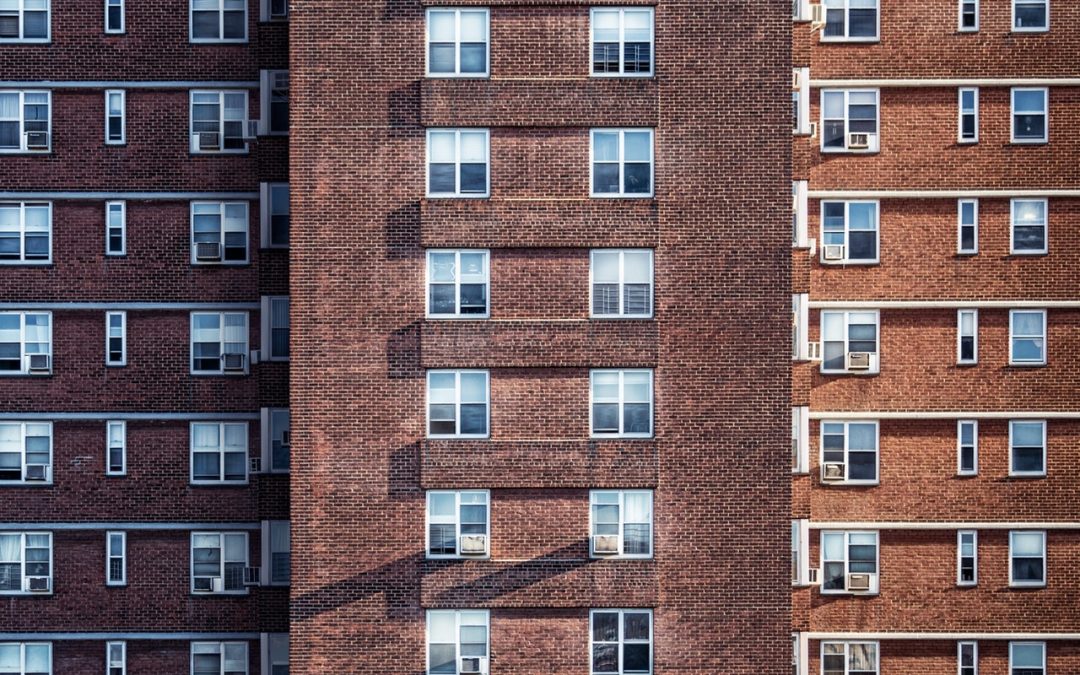Mortgage Lender Property Issues
Lending criteria – the type of property
In an earlier blog it was mentioned that some types of property are deemed unacceptable by mortgage lenders. This is usually only a problem in fairly rare cases where buildings are of non-conventional construction.
Different banks have their own particular hang-ups. All lenders are happy with conventional properties built with traditionally built masonry walls (ie brick, stone or blockwork – which could be rendered or clad with tiles etc).
Modern timber-framed walls are also acceptable since they normally have a masonry outer skin to the main walls and usually look identical to their masonry cousins. Lenders also favour buildings with traditional pitched roofs clad with tiles or slates – which covers the vast majority of UK properties.
Problems sometimes arise with ex-Council houses built in the late 1940s and 1950s where their main walls are constructed from pre-manufactured concrete slabs (known as ‘PRC’ or pre-reinforced concrete). The good news is that such properties are normally acceptable once they’ve been ‘suitably upgraded to PRC standards’ – which generally means being professionally re-clad with a brick outer wall.
Estates of prefabricated steel-framed ‘BISF’ (British Iron & Steel Federation) properties sprang up, their thin walls clad with metal sheathing and render, and their steel-framed roofs clad with asbestos sheeting.
These too are unmortgageable today unless suitably upgraded. Houses of the same era built with thick ‘poured concrete’ walls come in two main types: ‘Wimpey No Fines’, which are generally acceptable to mortgage lenders, and ‘Laing Easiform’, which are acceptable to some lenders but not all. Older timber-framed houses built prior to circa 1960) may also not be mortgageable.
Other objects of lenders’ scorn include flats in blocks higher than five storeys, houses where the entire roof is flat (such as some 1930s classics), properties devoid of mains services, and anything located in areas that are seriously at risk of subsidence, landslip, mining collapse or flooding.
If you’re buying a house with an exotic form of construction, a good broker should know which lenders will find it acceptable. But even if you succeed in getting a mortgage on an unconventional property, consider this: if more lenders decide to blacklist these types of houses in years to come, it may become virtually impossible for buyers to raise a mortgage on it by the time you come to sell, drastically narrowing the property’s appeal to only cash buyers (thereby massively slashing the value).
Our next blog – coming soon …….
More Potential Mortgage Valuation Problems
Check out our Rightsurvey blog page for more industry tips and secrets written by property professionals to help put you in control.



